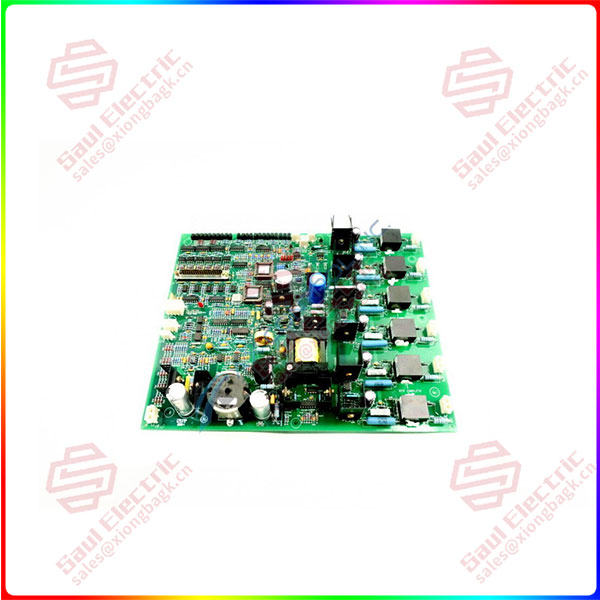Manufacturing’s reluctance to adopt new technologies is one of the misconceptions about the industry. Although, given the increased costs associated with upgrading legacy hardware and software, including aging operational technologies, this is the case in some enterprises. But forward-thinking manufacturers know that in today’s economic environment, being left behind in the wave of the Fourth Industrial Revolution (Industry 4.0) and digital transformation can have a long-term and serious impact on the future competitiveness and viability of their business.
The impact of the global coronavirus pandemic, Labour shortages and uncertain politics has been evident in recent years, which also means manufacturers need to be more flexible, resilient and able to adapt to changing conditions. Fortunately, the technological tools for this transformation are already available.
Under the wave of Industry 4.0, a series of new technologies such as artificial intelligence (AI), virtual reality (VR), advanced robotics and the Internet of Things (IoT) can integrate digital elements into the manufacturing process, thereby improving the level of automation, communication and overall output of enterprises.
Digital transformation can be a daunting task for businesses, but the benefits of a successful transformation far outweigh the costs, so companies must act quickly.

IS200EGPAG1B
Online testing (ICT) robots shorten test times by collecting boards from automated conveyor belts, plugging them into ICT machines and starting tests.
Barriers to innovation in traditional factories
When it comes to improving efficiency, traditional factories have several inherent barriers that work against employees and businesses, including:
Lack of real-time tracking of production performance – traditional manufacturing systems are fragmented, and the manual processes that oversee production are slow and inefficient, which leads to higher production costs for enterprises.
Inaccurate data – In addition to real-time, often traditional manual paper-based supervision is prone to problems such as redundant data entry, human error, and untimely completion of data, resulting in data that cannot be applied.
Waste is high and inefficient – problems caused by artificial paper-based systems can lead to additional production costs. Outdated and inaccurate data can cause managers to miss the problem until it is too late to correct it, leading to more serious production process disruptions, downtime, and other operational inefficiencies.
 1 Year Warranty
1 Year Warranty





